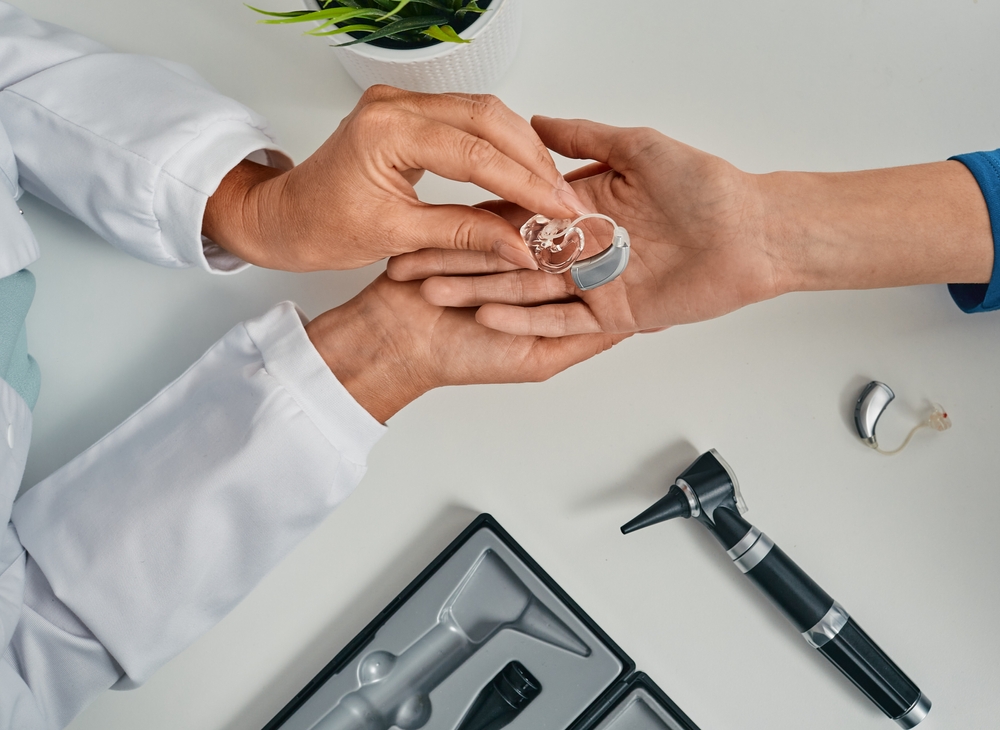Hearing aids play a vital role in enhancing sound clarity and enriching daily communication. For optimal performance, it’s essential to schedule routine upkeep and periodic professional cleaning sessions. With time, earwax, moisture, and debris can accumulate, leading to decreased functionality. Recognizing when it is time to arrange professional maintenance can help prolong the longevity of your hearing aids and ensure they continue to work at their best.
The importance of professional hearing aid cleaning
Even with regular at-home care, hearing aids gradually collect accumulation that might impact sound quality and performance. Regular servicing provides a number of advantages:
- Deep Cleaning– Eliminates earwax, dust, and moisture that everyday cleaning tools might not effectively eliminate.
- Increased Performance– Clears blockages that can cause muffled sound or distortion.
- Increased Longevity – Helps to avoid premature degeneration, thereby reducing the need for repairs or replacements.
Having your hearing aids cleaned by a professional helps ensure they function at their best, reducing the likelihood of unforeseen breakdowns.
Signs your hearing aids require professional servicing
Not sure if your device is due for a deep clean by a pro? Keep an eye out for these telltale indicators that it’s time to contact the experts:
- Muted or Distorted Sound: If voices and environmental sounds seem unclear, weak, or distorted, it might be due to wax or debris blocking the microphone or speaker.
- Persistent Whistling or Feedback: A high-pitched screeching sound (feedback) can signify wax buildup or a poor fit. A professional cleaning can help remove obstructions and fine-tune the fit.
- Addressing Volume Problems: When volume adjustments fail to produce the expected result, it might be necessary to perform maintenance on internal parts or recalibrate the system’s software configurations.
- Moisture-Related Breakdowns: Too much moisture can damage internal components, leading to intermittent sound loss or malfunctioning buttons. A qualified expert can assess and resolve issues related to dampness or water damage.
- Visible Wax or Dirt Accumulation: If you see a considerable buildup of wax or debris on your hearing aids, professional cleaning ensures a more complete removal than at-home care.
- Implement specialized instruments to carefully extract wax, debris, and moisture from sensitive elements without causing harm.
- Verify the correct performance by inspecting and repairing any broken components.
- Inspect both software and hardware to determine any performance issues that may be impacting the quality of sound.
- Replace any tubing or filters that might be impacting the performance of the device.
- General maintenance should be conducted every 3 to 6 months.
- Routine cleanings are recommended for people who tend to produce a lot of earwax or live in areas with high humidity, as these environments can intensify wax accumulation.
- Dealing with small issues promptly can help steer clear of expensive repairs down the road.
What does a professional hearing aid cleaning look like?
A professional cleaning appointment goes past standard maintenance and ensures your devices function efficiently. Here a few things your hearing specialist will do during a cleaning:
What is the suggested time frame for scheduling professional maintenance?
The frequency of professional cleanings depends on factors such as earwax production, humidity levels, and usage practices. Basic suggestions include:
Maintain your hearing aids for optimal performance
To keep your hearing aids functioning optimally and delivering crisp, clear audio, it’s crucial to schedule regular exams and maintenance with a hearing care professional.
If distorted sound, echoing, or technical issues are disrupting your experience, it’s likely that a thorough, expert cleaning is in order.
Set up an appointment for your hearing aid cleaning and maintenance now.

